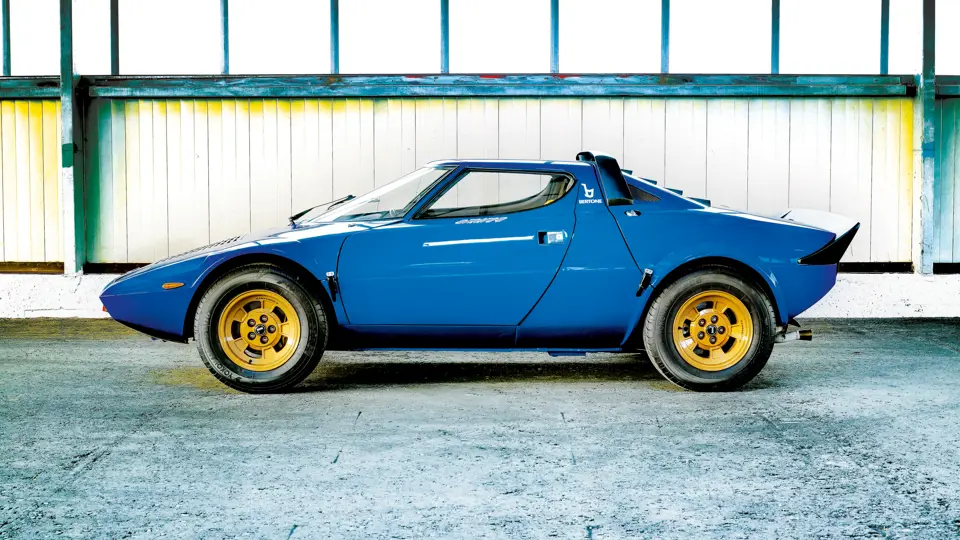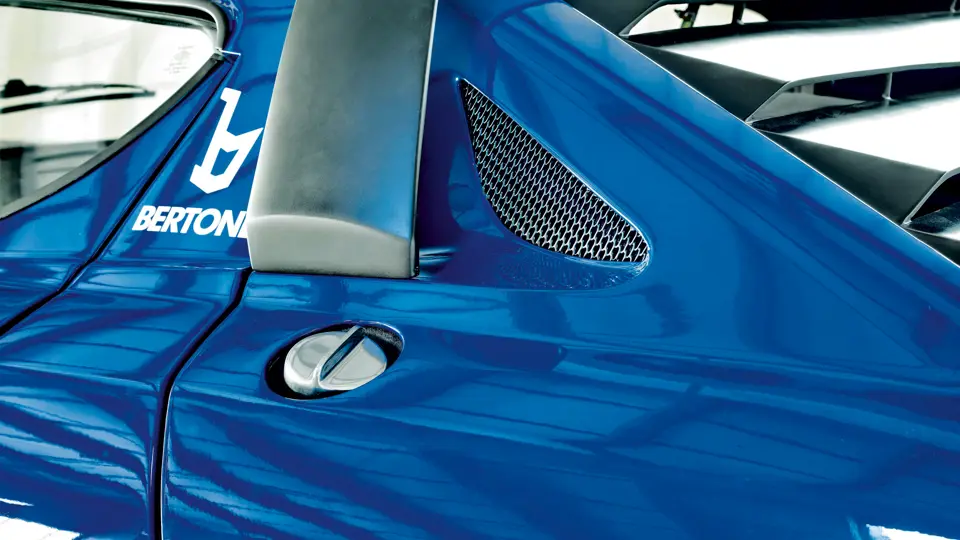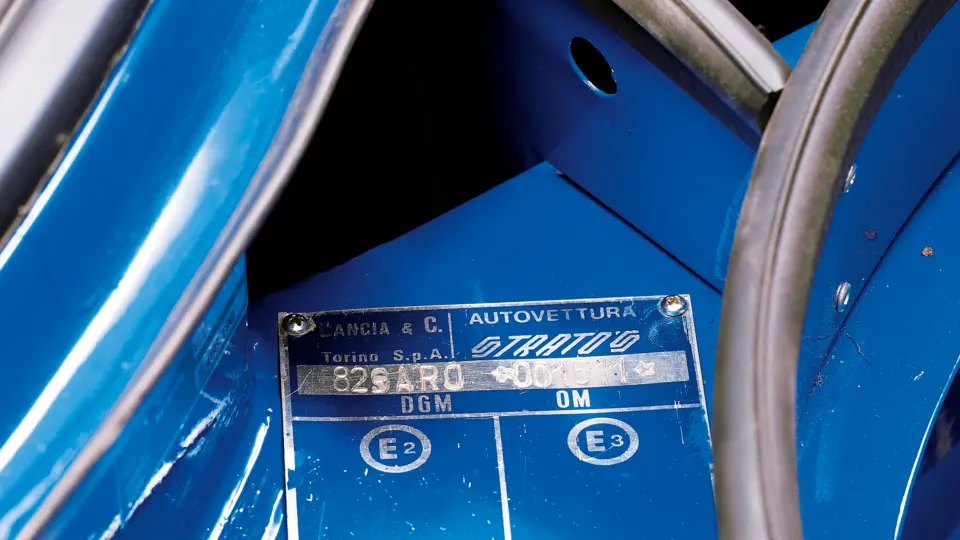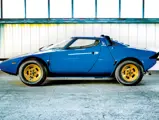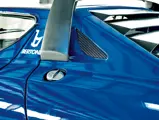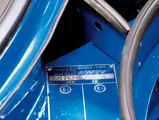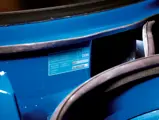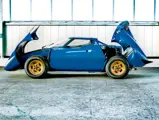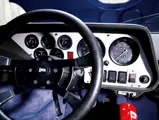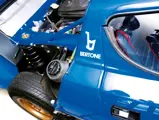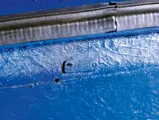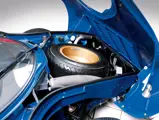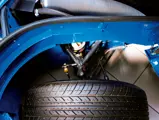190 bhp, 2,419 cc DOHC V-6 engine, three Weber carburettors, five-speed manual transmission, four-wheel independent suspension with front coil springs, rear MacPherson struts, and four-wheel disc brakes. Wheelbase: 2,180 mm (85.8”)
• Rare ‘Stradale’ version
• Two registered owners from new
• Recently restored
The Stratos is said to be many things. Among them, one of the most successful rally cars ever built, one of the most valuable Lancias in the classic car market, an extraordinary example of parts bin engineering, wicked and demanding to drive and a spaceship for the road. Some or all of that is true, but it does not truly tell the whole story. Conceived by Lancia competition boss Cesare Fiorio as a way to jumpstart the flagging brand as a new World Rally contender, it débuted as a prototype in 1972. It got off to a slow start, as Lancia completed final development, but it all came together in 1973 when the Stratos won its first victory.
Assisting in that development work were two notable figures in the Italian sports car world, Giampaolo Dallara and Mike Parkes. The torque profile of the 2.4-litre Ferrari V-6, mated to the five-speed transaxle and a short chassis, quick steering and a relatively high centre of gravity all combined to allow the Stratos to be nervously active and easily pitched on tight rally stages. In late 1974, the factory reported the completion of 200 cars in a 12 month period and was granted homologation for Group 4; it is widely believed that at this point, no more than 140 or so had been built. It was in that year that the Stratos helped Lancia win what was to be the first of three consecutive World Rally Championships in 1974, 1975 and 1976, after which, it was withdrawn as the Works entry. Nevertheless, the Stratos would go on to win in private hands up through 1979, when it clinched the Monte Carlo Rally.
Carrozzeria Bertone’s futuristic styling by Marcello Gandini of the Stratos was also a triumph of functional design – a dramatic, sharp, wedge shape with sculptured wheel openings. Some believe the windows resemble the shape of a driving helmet. Whilst not as extreme as the Stratos Zero prototype, which inspired the project, the production version certainly did not lack dramatic presence. There are believed to have been 492 Stratos built. Most were the competition, or ‘Rally’ specification cars, whilst the ‘Stradale’, or road version, was built in much smaller quantities.
As a street car, the Stratos is also surprisingly usable. The forward visibility is excellent, so the pilot can place it with great accuracy. There is also a surprising amount of luggage room in the rear and ample elbow room inside, thanks in no small measure to the helmet pockets built into each door. The 190 horsepower generated by the ‘Stradale’ was good enough to achieve a top speed in excess of 140 mph. With a capable and compliant suspension, it can be a good road companion, and the interior ventilation is more than adequate.
Originally delivered to Dr Rudolf Wiespointner of Wels, Austria in 1976, this particular Stratos has spent its life in Austria, with only two registered owners from new. Dr Wiespointer retained the Stratos for 23 years, selling it in 1999 to Rudolf Bromberger of Vienna. With only 43,000 kilometres since new, and the beneficiary of a recent restoration, this Lancia presents itself very well. The classic blue finish reveals an attention to paint quality and panel fit rarely, if ever, seen when these cars were new. Opening the large hinged front and rear panels reveals suspension components and an engine compartment in virtually unused condition, showing factory correct finishes. The original engine and gearbox were not restored and can be found in excellent condition as well. Included are also the original workshop manual and sales brochure. Proper gold-finished wheels lend a wonderful period look, and the black roof and rear decklid spoilers are emblematic of the purposeful design for which these cars are known.
So many of the few original Stradale cars have been modified over the years to become either competition cars or copies of competition cars that to encounter a well maintained street example with known ownership history and no racing in its past represents a rare occurrence. For enthusiasts seeking a chance to own one of the most important sports cars of the 1970s, this superb Lancia offers an extraordinary opportunity.






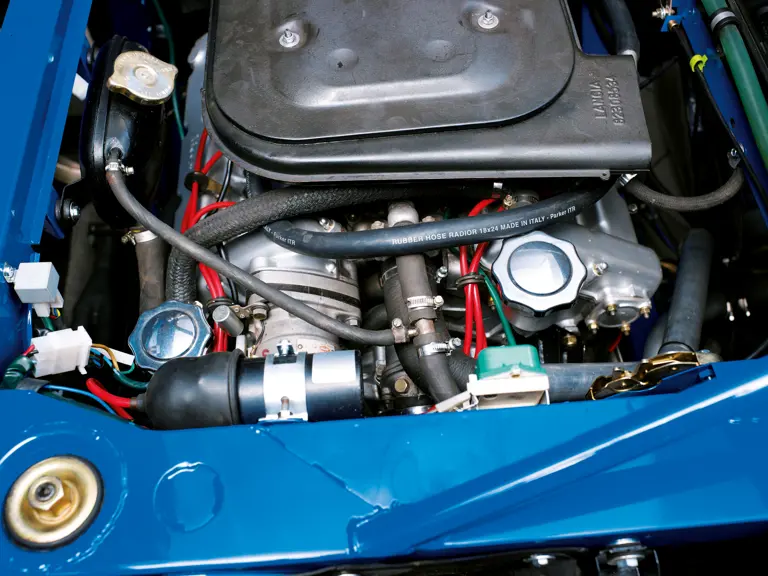
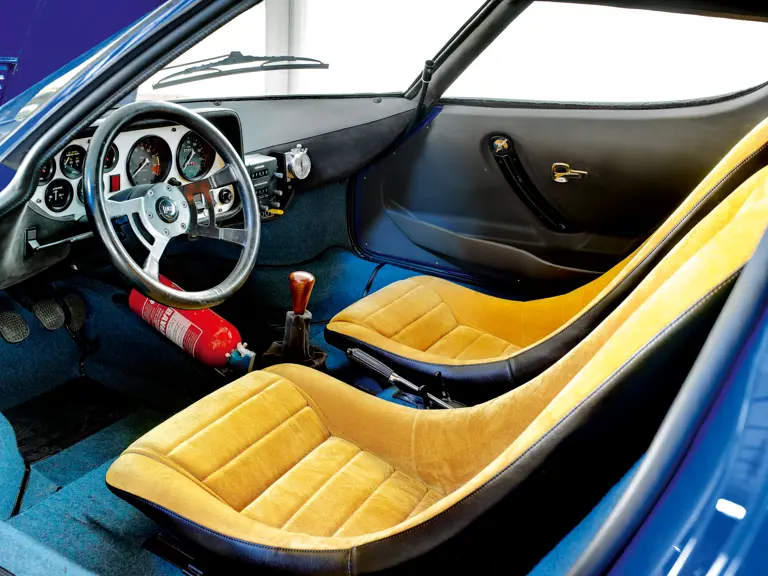


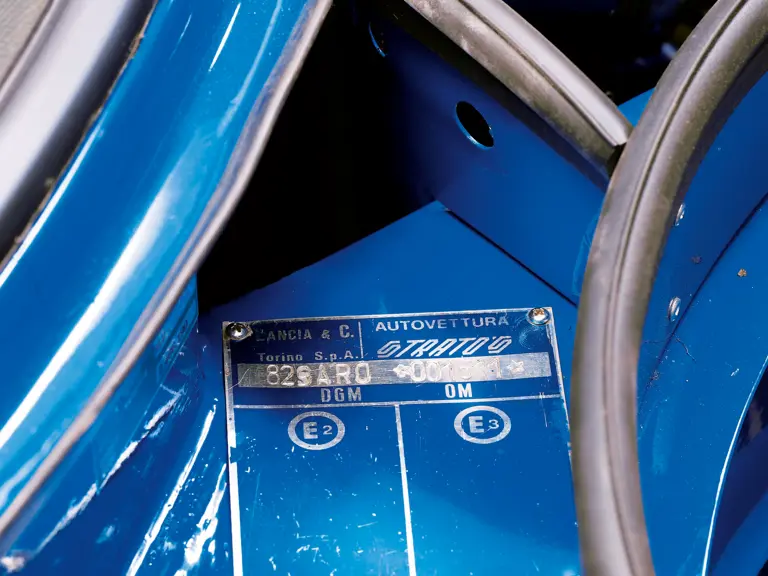
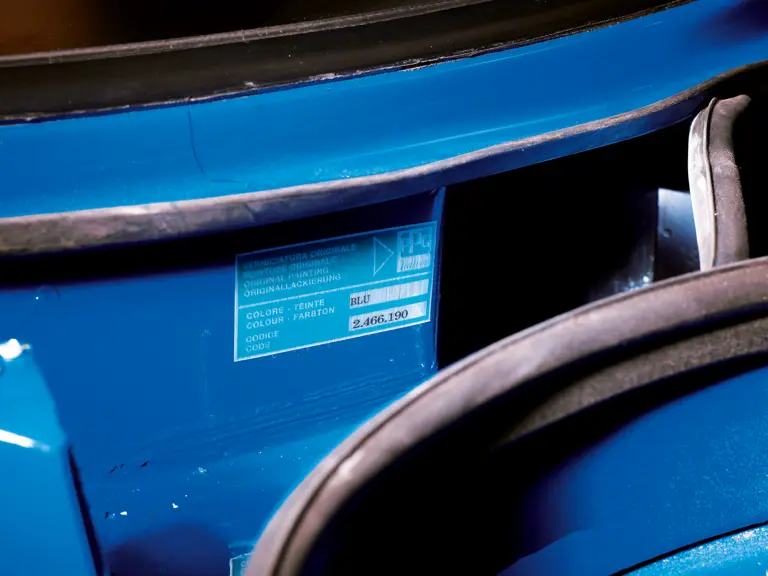
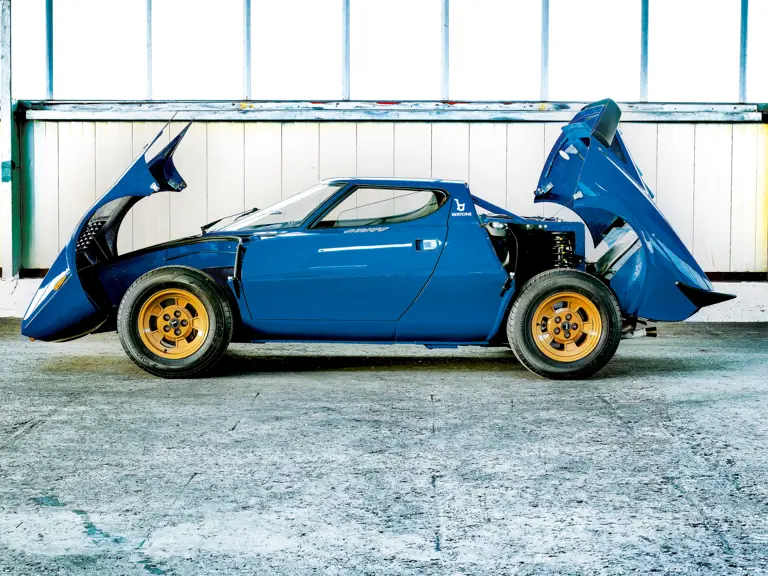
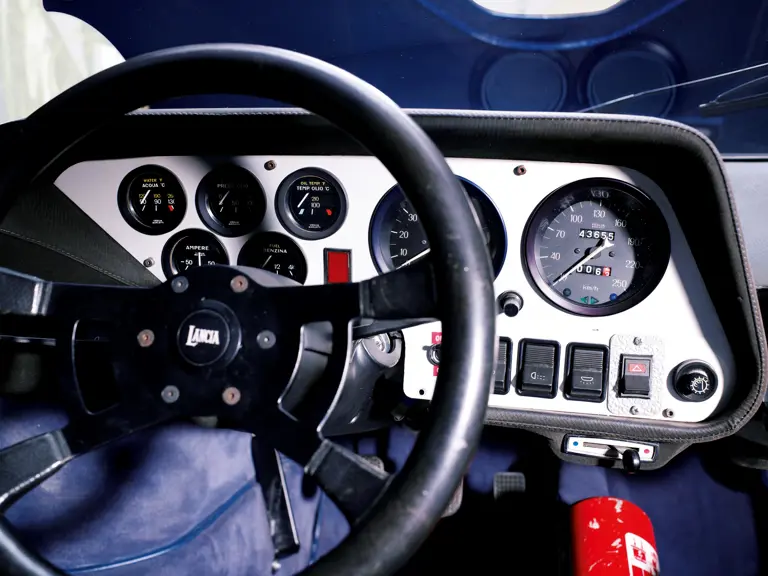
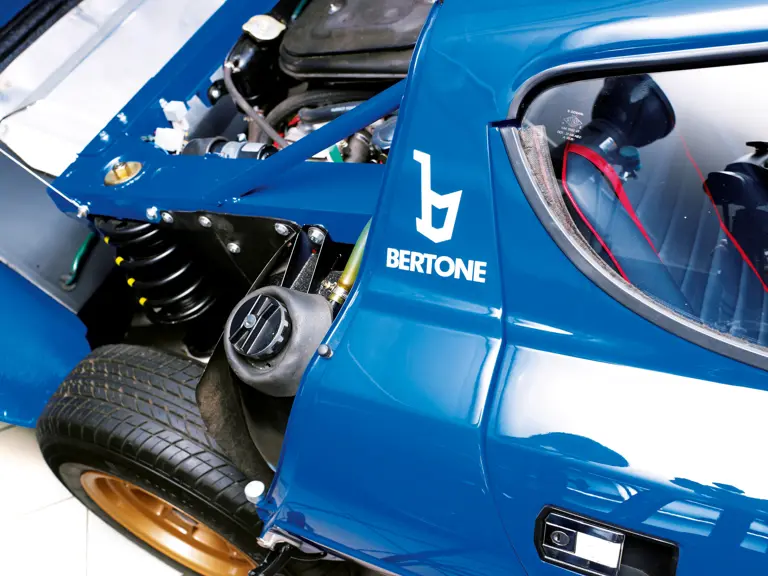
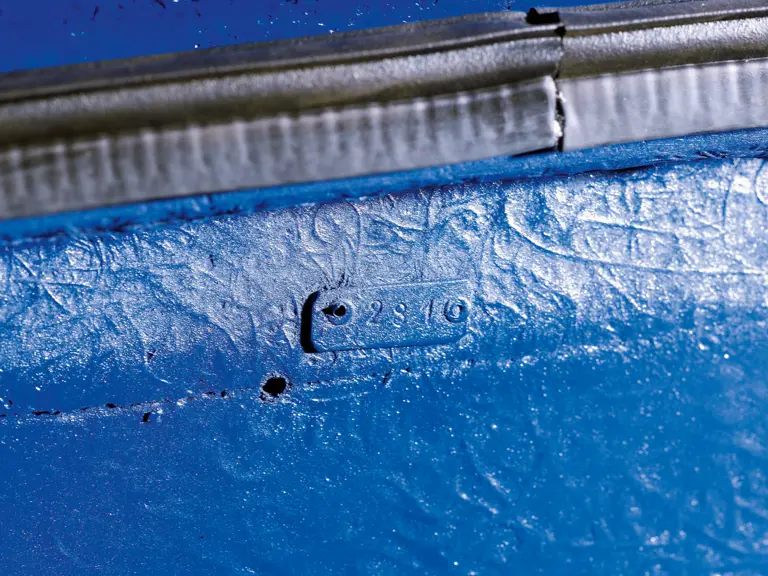
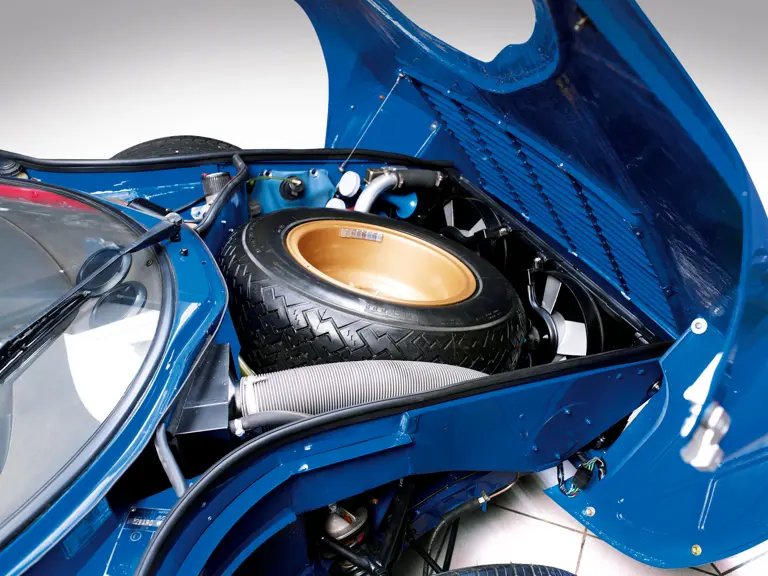
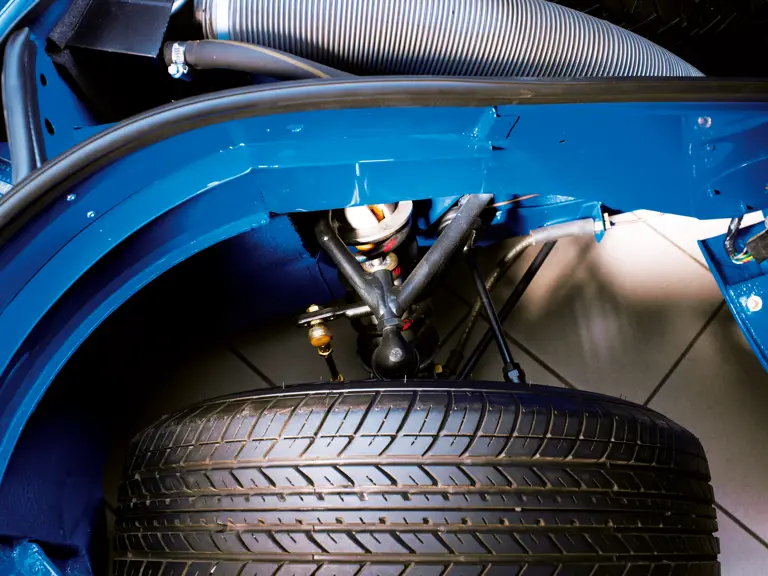
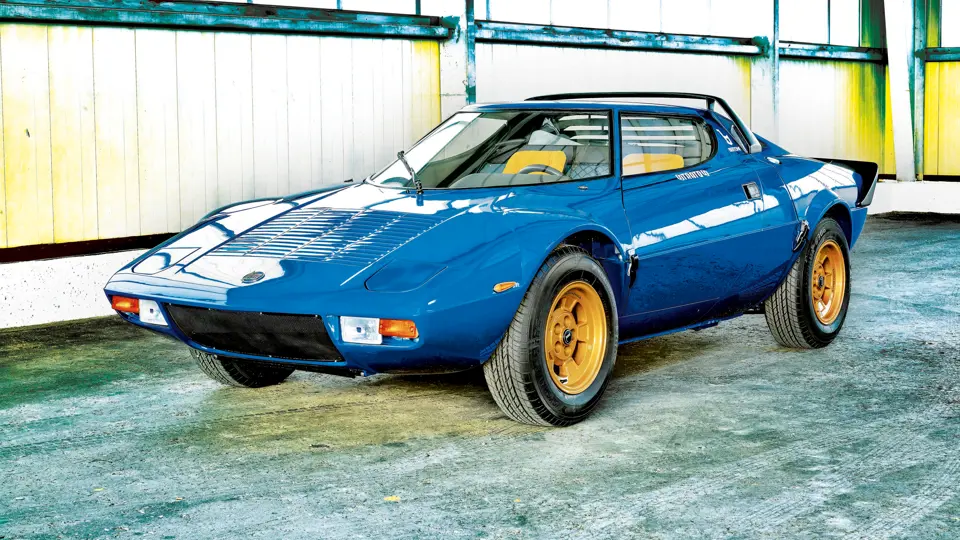
 | Monaco, Monaco
| Monaco, Monaco
